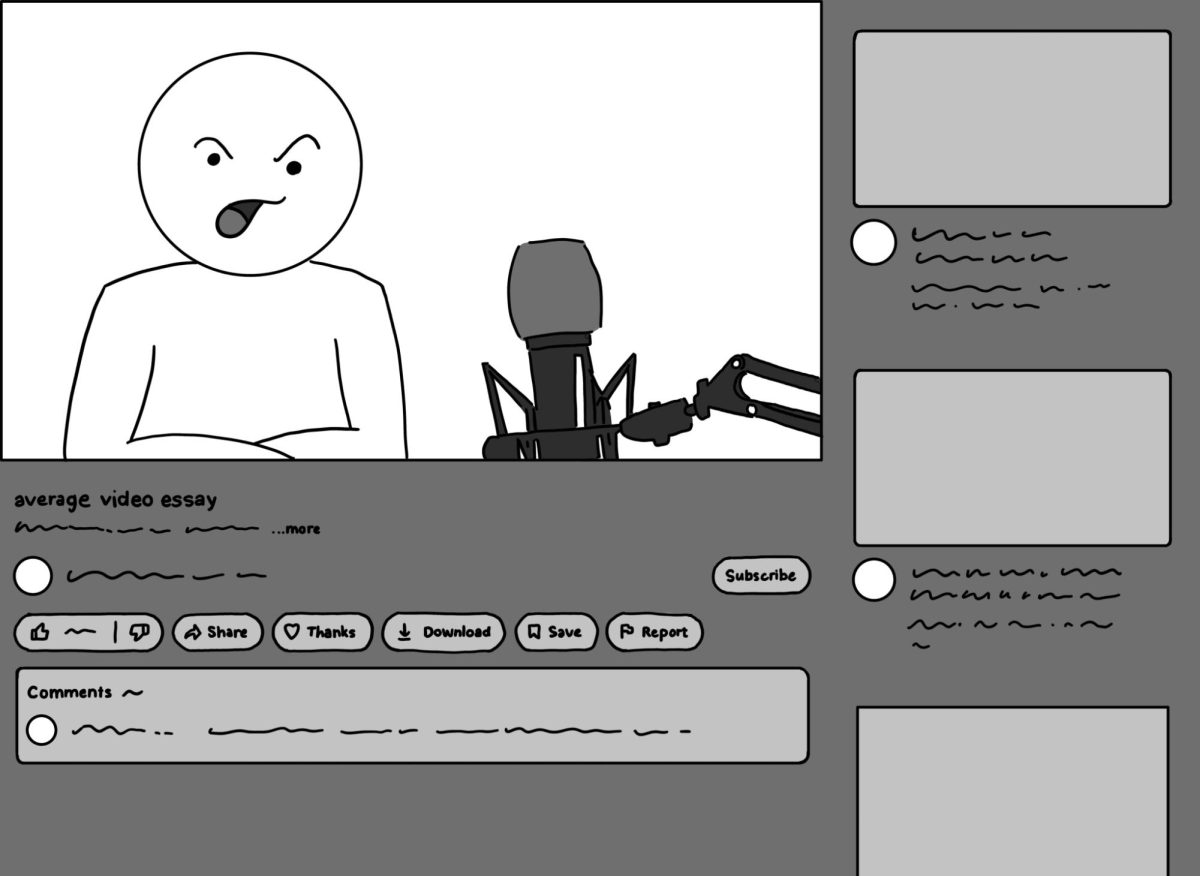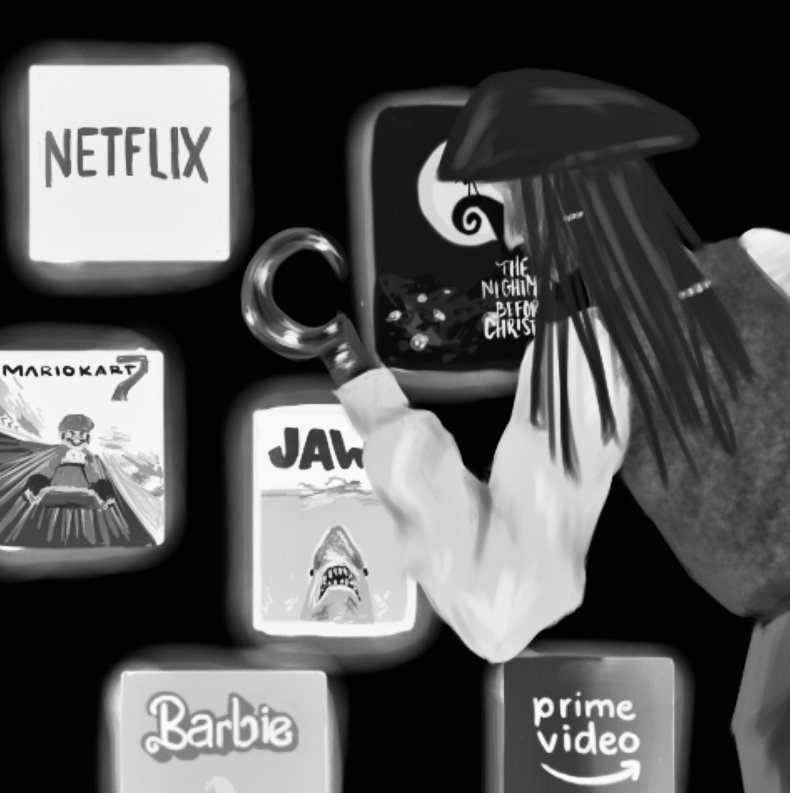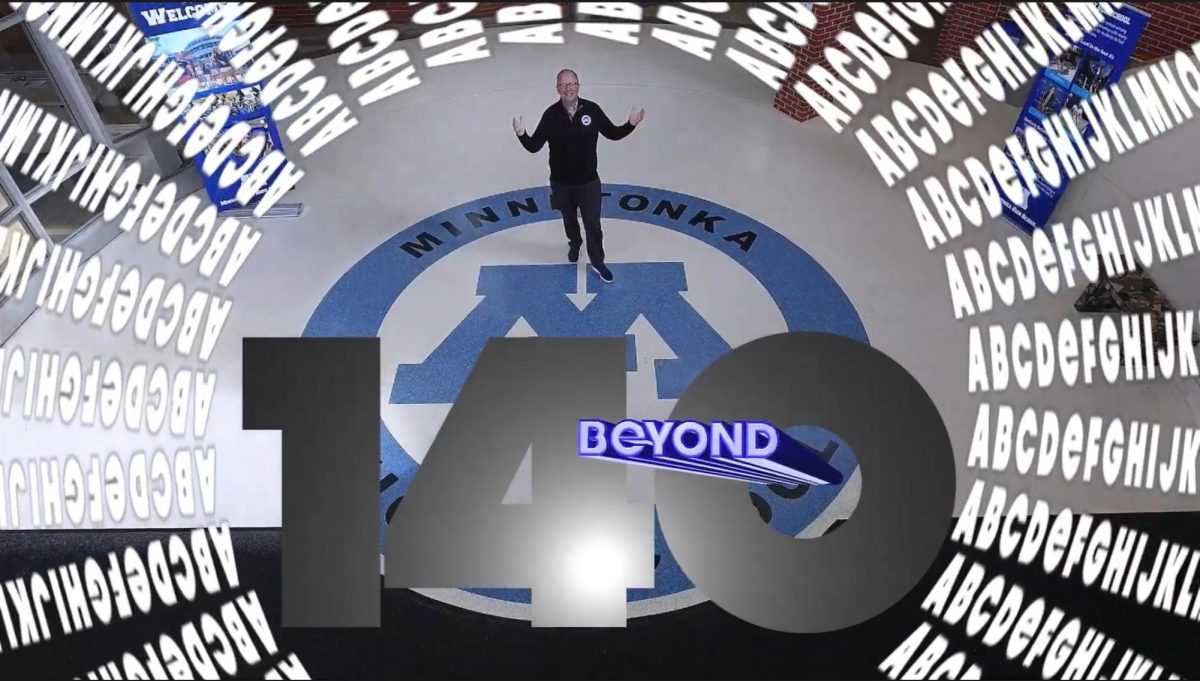Among the diverse ecosystem of YouTube content, video essays have undoubtedly become a mainstay. LEMMiNO’s video essay “Cicada 3301: An Internet Mystery” has over 35 million views and Vox—a journalistic channel—has over 12 million subscribers. The production and viewing of video essays have shown no signs of slowing down, but what exactly are they? Since the video essay’s inception as a form of documentary film, it has branched into three broad categories: summaries, analyses, and critiques.
Summary video essays are a form of content that have evolved as a response to short form educational entertainment content such as the works of MinutePhysics and CrashCourse. They can range from a short 7 minute video of the history of fidget spinners (NerdWriter) to a 7 episode pseudo-documentary on the history of the Minnesota Vikings totaling over 9 hours (Secret Base). The appeal of these videos are rooted in the thirst for curated knowledge outside of the typical school subjects that conventional educational entertainment often covers. Due to the objective nature of summaries, the video essayist’s subjective presentation style shines through. Whether it be the captivating math visuals of 3Blue1Brown or the inquisitive facial expressions of Vsauce, the best summary video essays have their own flare.
Analysis video essays analyze media created by others, such as movies and TV shows. Notable analysis YouTube video essayists include Lessons from The Screenplay, Super Eyepatch Wolf, and Core-A Gaming. These creators utilize one of the greatest strengths of the video medium: directly displaying the source material. One limitation that traditional written essays face when discussing non-written media is that it is cumbersome to directly quote said media in an accurate manner. Imagine you are writing about the iconic Matrix scene in which Neo dodges bullets in slo-mo for the first time. It is difficult to do the scene justice by describing the scene via written word; now imagine how easy it would be to simply show someone that same clip.
Similarly, critique video essays utilize the same strength of directly displaying the source material but through a critical lense rather than an analytical one. These videos often criticize film, but topics vary from video games to books too. They have been gaining popularity as an effective medium for up-and-coming critics to voice and amplify their opinions. One common criticism of critique video essays is that oftentimes there is an excessive amount of videos on the same material. Both analysis and critique video essays face this issue as creators are pressured to follow trends in order to receive more views and therefore more money. This abundance of critique video essays on the same media is especially problematic as they can discourage the creator of the criticized media.
Despite this, there are still amazing video essays hidden among the soup of endless YouTube content. Evan Puschak—the creator of NerdWriter—in his TEDx Talk about YouTube video essays said, “When you are watching the video an [essayist] make[s], what you are really watching is the [essayist] learning.” So when you find that perfect video essay that awakens a new interest or thought inside of you, remember you are sharing that experience with the essayist behind that video and all of the viewers before you.





































